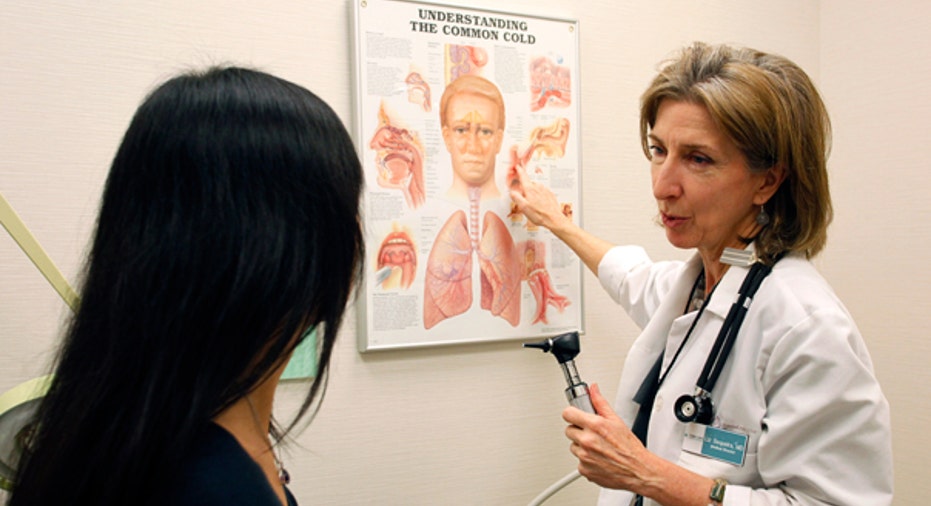Where Do Patients Wait The Longest?

There are two places consumers expect to wait: airports and doctor’s offices. While waiting to see the doctor when you are sick can seem tortuous, the nationwide average wait time is 21 minutes.
According to a recent analysis by Vitals.com of more than 700,000 physicians' offices, Wisconsin doctors have the shortest average wait time of 15 minutes. Patients in Mississippi face the longest time with 25 minutes and four seconds of flipping through magazines, filling out forms and trying not to catch the cold of the person next to you.
“Wisconsin has a good health system,” which is generally why wait times are l ess than other regions, says Mitch Rothschild, chief executive of Vitals.com, which matches patients with doctors.
New Hampshire came in second with an average wait time of 15 minutes, 40 seconds while Maine was a close third with wait times of 16 minutes and one second. Vermont was next with 16 minutes and 32 seconds of average waiting room time, and Minnesota was fifth with 16 minutes and 40 seconds.
Coming in just above Mississippi, was Alabama with a wait time of 24 minutes and 32 seconds, West Virginia with 24 minutes and 9 seconds, and Arkansas at 23 minutes and 30 seconds. Patients in Nevada wait an average of 23 minutes and 28 seconds.
Vital’s also broke down which cities have the shortest wait times with Minneapolis, Seattle, Milwaukee and Omaha all having a wait time of 17 minutes or less. Residents in El Paso have the longest wait time at 29 minutes and 15 seconds.
Vitals found that primary care doctors made their patients wait six minutes less than specialists. Patients seeing an orthopedic surgeon, emergency physician, addiction medicine specialist, anesthesiologist and pain management specialist can expect to wait between 22 and 24 minutes.
On the flip side, radiation oncologists, phlebologists, oral and maxillofacial surgeons and plastic surgeons have the lowest wait times, averaging around 17 minutes.
While a wait time of 20-plus minutes seems long, Rothschild says the average time is on the decline as doctors become more aware of patients’ frustration spending excessive amounts of time in the waiting room.
Rothschild says doctors are being forced to improve their bed-side manner and customer service as more patients turn to online forums and social networking to find doctors, post reviews and get recommendations.
He adds that physicians are acting more like dentists who try not to make patients wait because they face stiff competition. “The power curve is shifting.”
With that said, the trend of shorter wait times may not last too long since the supply of doctors isn’t increasing at a time when health-care reform may put another 20 million people into the medical systems. As a result, patients may face longer wait times in the future.
And even though wait time isn’t going to prevent someone from seeing a top-notch physician—when everything else is equal it could sway them. “When a patient pairs wait time information with other physician quality measures, they can then determine if the wait is worth it,” says Rothschild.



















